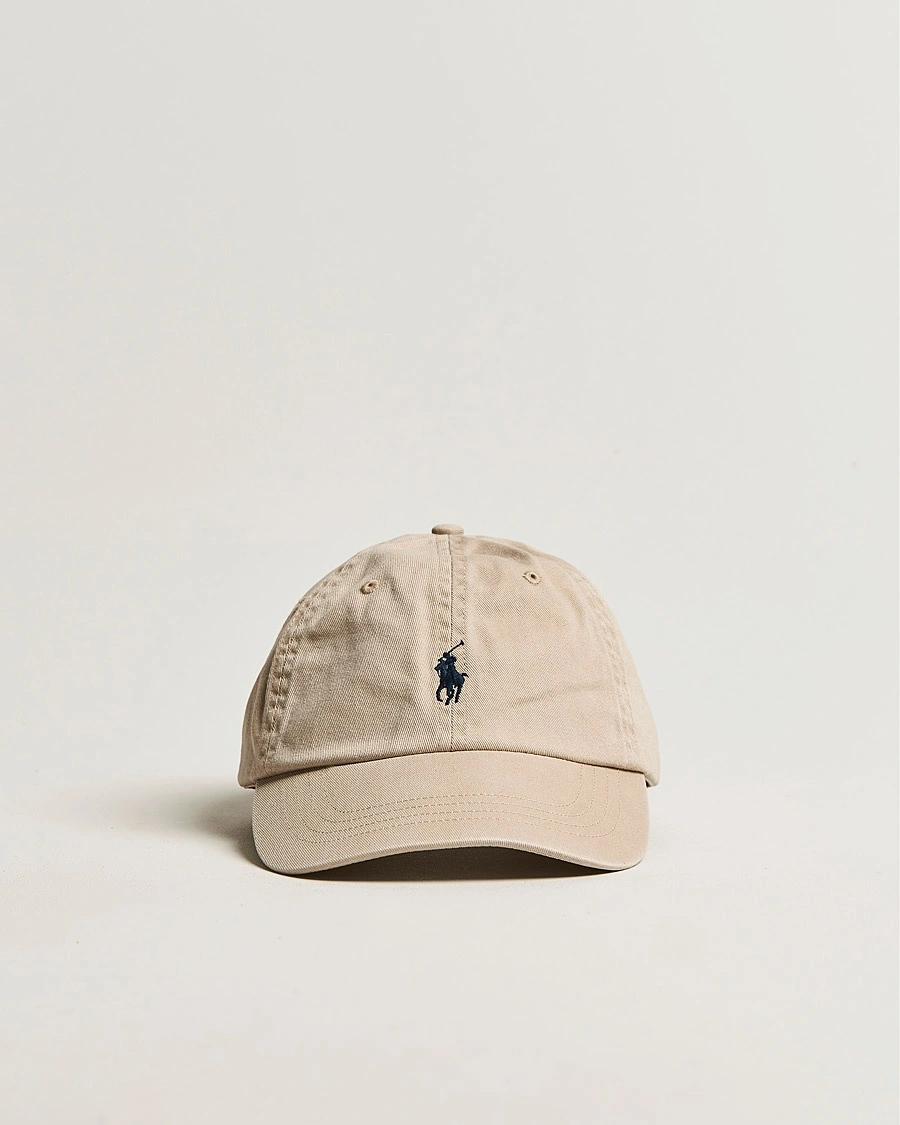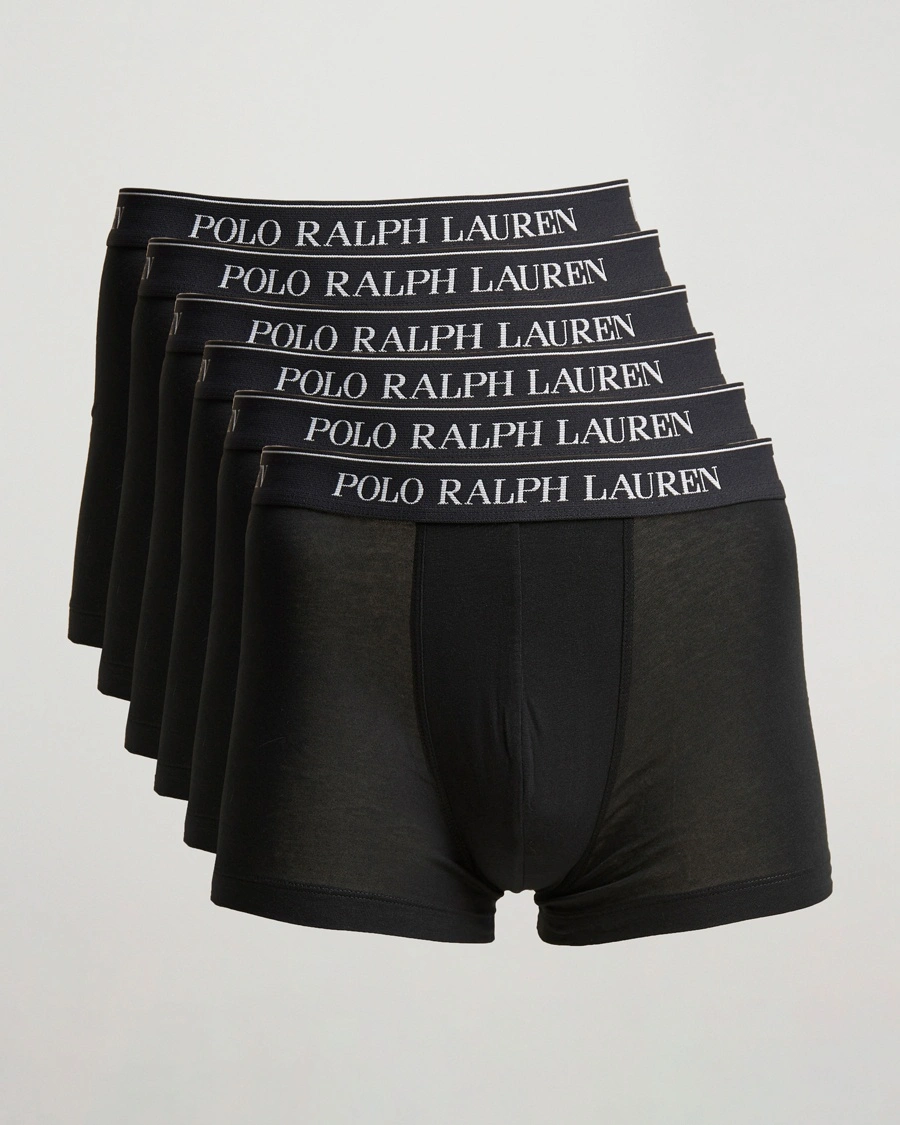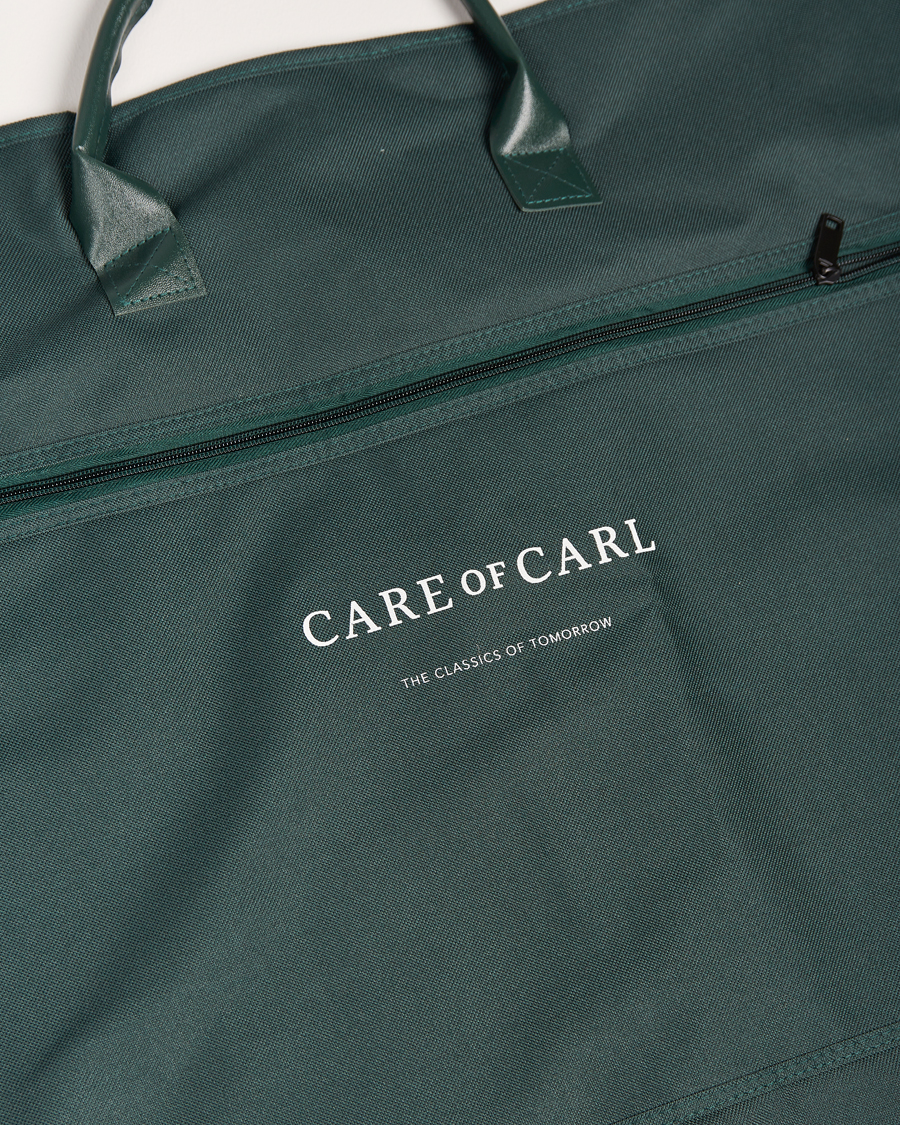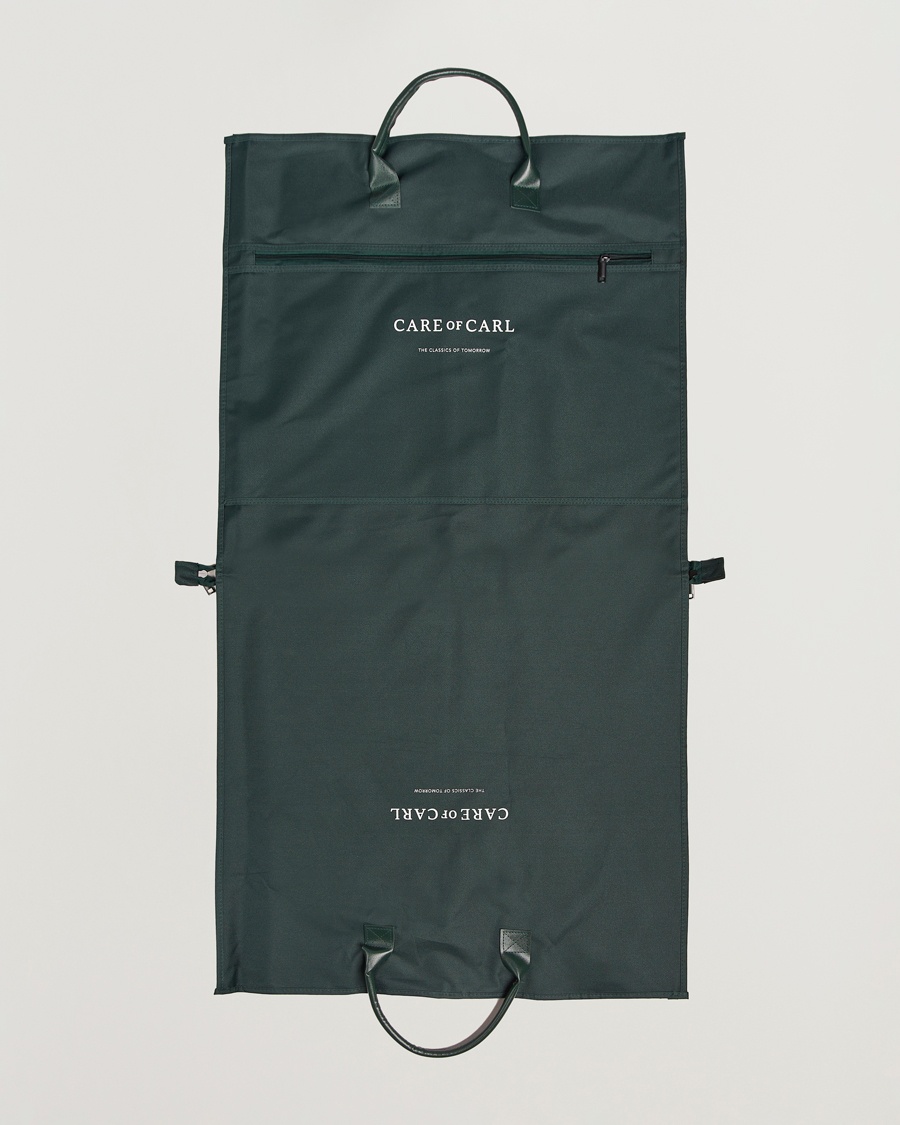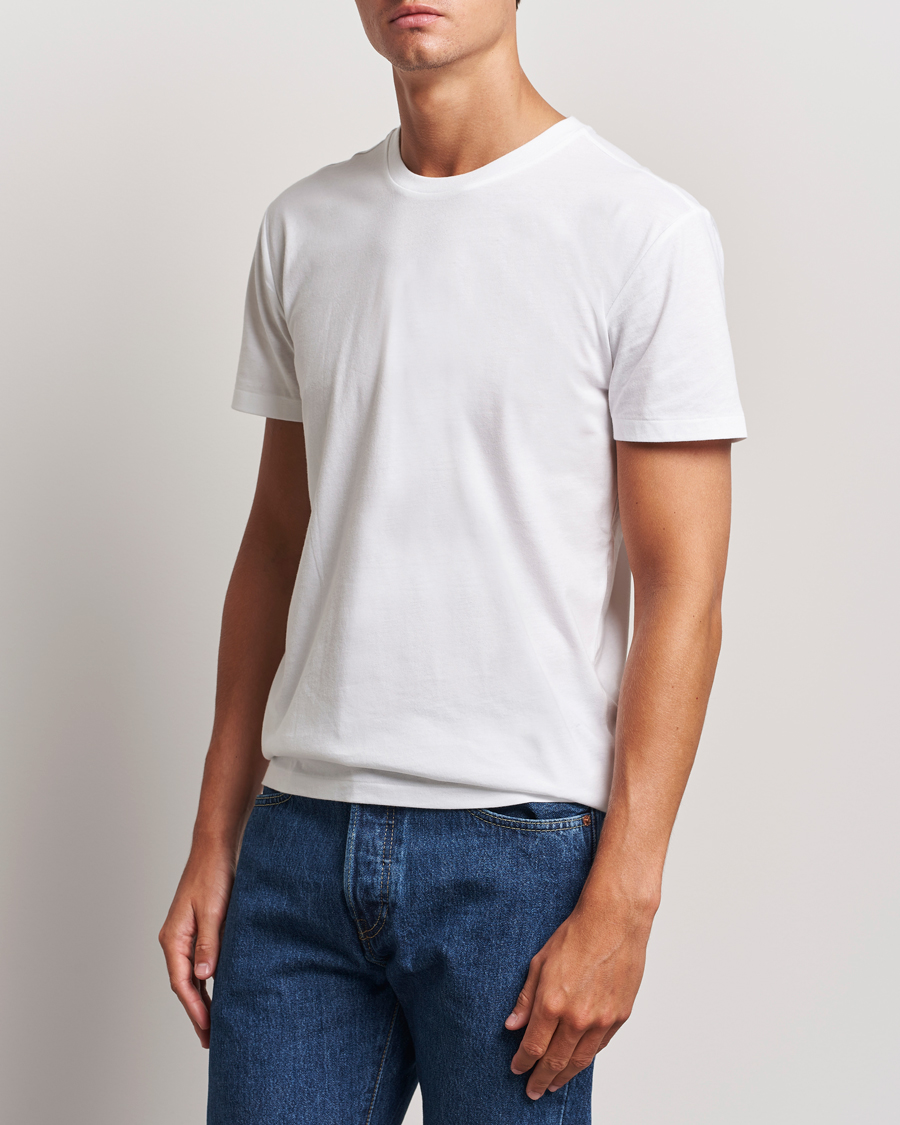


We often make tying a necktie more complicated than necessary. As a matter of fact, tying your tie well is no harder than tying your shoelaces. Below, we have compiled five simple and very versatile tie-knots that you can choose, depending on the width, length and weight of your tie and the occasion on which you are wearing it.
To complete an ensemble with a tie, it is important that the knot you tie harmonises with the collar of the shirt you wear. For this reason, we have selected different knots that use different amounts of your tie and that also build knots of different sizes once finished. They all create a slightly different look and work well for different ways to wear your tie. Always remember to properly tighten your knot, and that a hint of asymmetry often adds to your style and makes a more vibrant, laid-back impression.
Four-in-hand

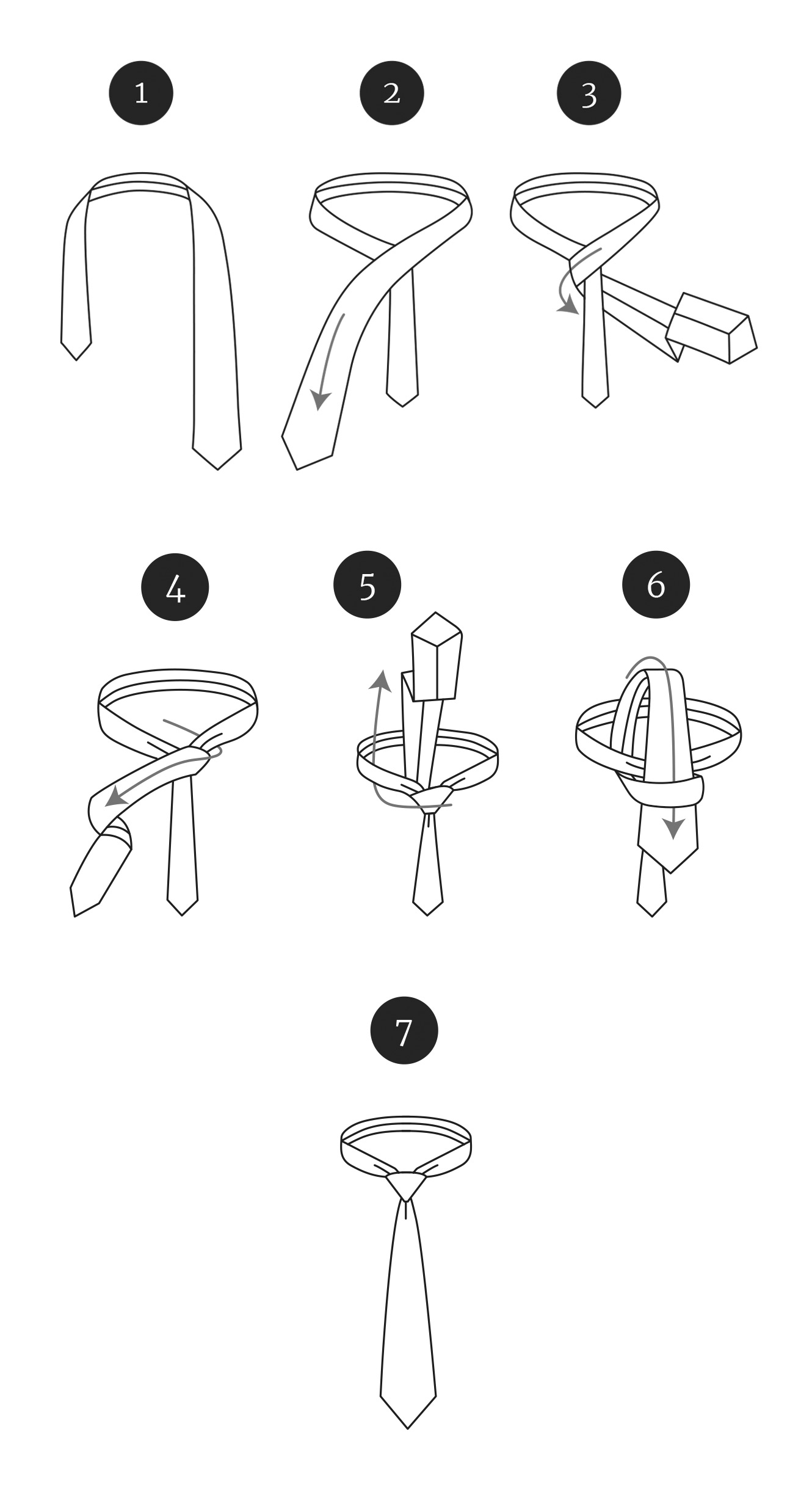
One of the most common and versatile knots. With its slightly asymmetric appearance and moderate size it works well with a wide variety of ties. As the knot itself is fairly slim, it works well with shirt collars that have a small amount of spread, like button-downs. If your tie is slightly heavier in its construction, this knot also works well with shirt collars that have a slightly wider spread. The name of the knot is said to hail from the gentlemen's club in London of the same name.
Prince Albert


The "Prince Albert Knot", is a somewhat richer knot that still gives your tie the charming asymmetry of the Four-in-Hand. Correctly executed, the two layers of the tie are visible in the bottom part of the knot which is sometimes a desirable feature among style conscious men. This knot is basically a Four-in-Hand that you finish by wrapping the tie two times around itself, instead of just one. The knot builds more volume and uses more tie length than a Four-in-Hand, which is why you need to tighten it properly. Needless to say, this knot is best suited for ties with a thinner build and construction.
Windsor
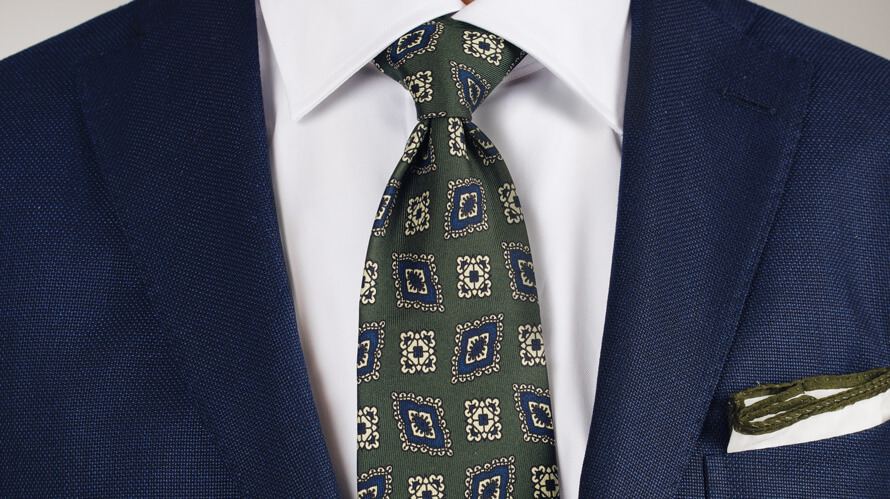

Even though the style icon and The Duke of Windsor, Edward VIII never actually tied the "Windsor Knot", it is often attributed to him due to his panache and name. It is said that the duke actually used a Four-in-Hand to tie his ties. His bulky, extra heavy, bespoke ties formed knots that resembled the resulting look of a "Windsor Knot".
Just like The Duke of Windsor's preferred Four-in-Hand knots, the Windsor knot has a slightly wider and symmetrical triangular shape. A knot that works very well together with shirt collars with a great amount of spread. Due to the nature and build of this knot, it is suitable for less bulky ties of lighter weight fabrics with a lighter canvas core.
Half Windsor


The Half Windsor gives, as the name implies, a slightly smaller knot than the full Windsor Knot, making a more asymmetric, but still neat, impression that works well with a wide variety of shirt collars. For best results, we still recommend you use this knot with ties of a moderately heavy build to avoid forming a knot with too much volume.
Oriental


The Oriental knot is one of the simplest knots to learn. Its small size makes it suitable for shirts with very small collars, that need a small knot to create harmony. It is also a good choice if your tie has a very bulky build from heavier fabrics like tweed or flannels, that create bigger knots than most silk ties. Visually, the Oriental Knot resembles the Four-In-Hand somewhat, but in a smaller size.
Browse our selection of well-appointed neckties »








